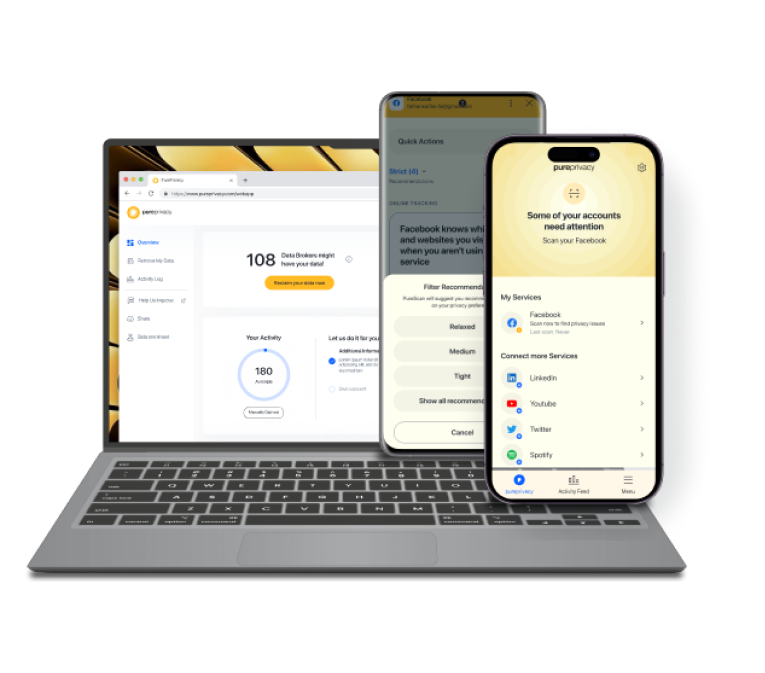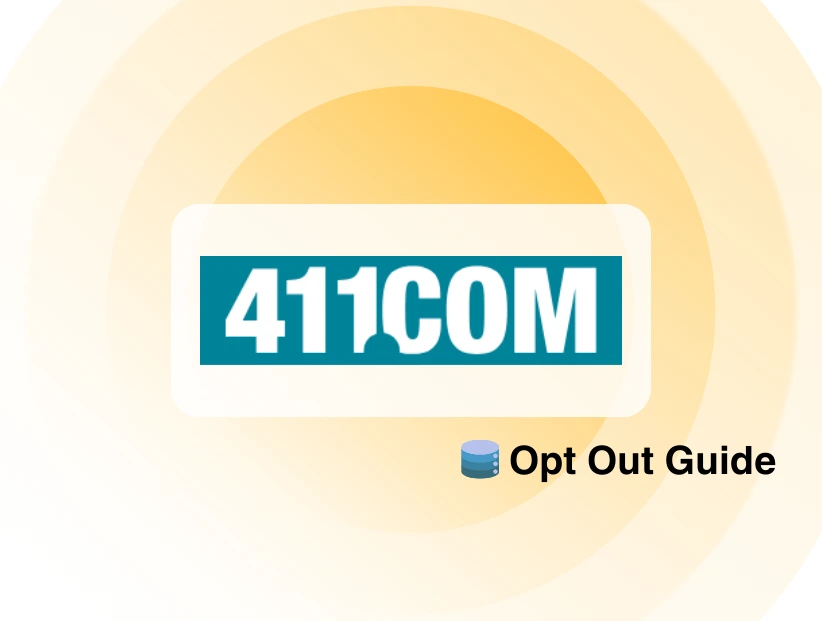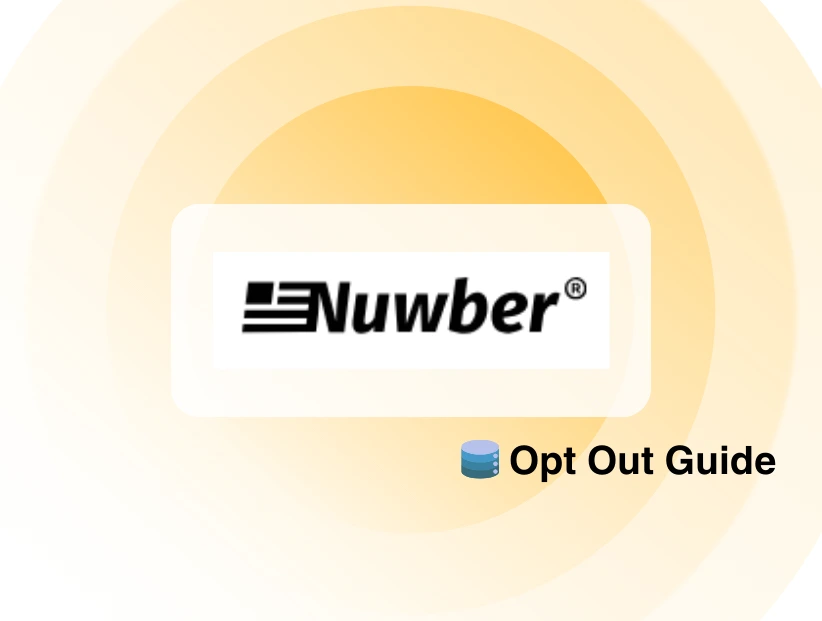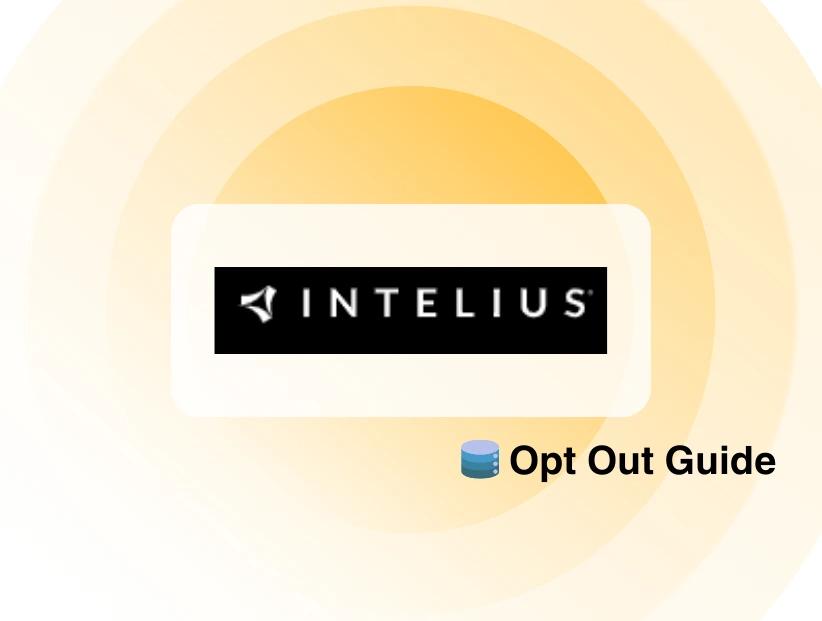Table of Content
Imagine your personal details exposed to the world? Your intimate photos, secret messages, or credit card details!
Online threats are real and harmful if you are not careful.
From identity theft to financial frauds, you can be a target victim of emerging threats.
This guide explores data leak detection and provides steps to handle such breaches on your own.
What is Data Leak Detection?
Data leak detection involves identifying when sensitive information is exposed or accessed without permission through monitoring and analysis.
Effective DLD systems detect breaches early by continuously monitoring data flow and swiftly identifying unauthorized activity.
For DLD to work well, it needs good technology, clear rules, and user awareness to help prevent data exposure.
Discover if Your Most Critical Identifiers Have Been Exposed on the Dark Web
Receive timely alerts and actionable insights with PurePrivacy's Dark Web Monitoring.
Why is Data Leak Detection Important?
With more sensitive data being stored online, early detection of leaks is essential. The sooner a breach is identified, the faster you can act to minimize damage.
Data leaks can stem from various sources, including:
| Cyberattacks | Hackers use tricks like fake emails, harmful software, and ransomware to break into systems and steal information. |
| Human Error | Simple mistakes, such as sending sensitive information to the wrong person or not encrypting data, can lead to leaks. |
| Insider Threats | Employees with access to sensitive information might intentionally or unintentionally expose it. |
| System Vulnerabilities | Hackers can exploit weaknesses in software, hardware, or network security to gain unauthorized access to data. |
What are the Basic Steps to Detect Online Data Leaks?
To strengthen your data leak detection capabilities, consider the following measures:
Implement Advanced Monitoring Tools
You can use specialized software that continuously monitors your network for any signs of data breaches such as PurePrivacy's Dark Web Monitoring feature.
Conduct Regular Security Audits
You can periodically review your systems and processes to identify and address potential vulnerabilities.
Train Employees on Data Safety
You can educate your staff on following the best practices for handling sensitive information and recognizing potential threats.
Use High-End Encryption
You can ensure that sensitive data is encrypted when it’s being sent and when it’s stored to keep it safe from unauthorized access.
- Get Dark Web Monitoring to scan the dark web for your personal information.
- Enable the Tracker Blocker to stop online tracking and data collection.
- Use the Remove My Data option to automatically send opt-out requests.
- Use the Social Privacy Manager to boost your privacy on social media platforms.
Monitor the Dark Web 24/7
You can use Dark Web Monitoring to get notifications whenever your personal information has been compromised and is available on the dark web.
Block Trackers and Data Collection
You can use PurePrivacy to prevent unauthorized access and stop invisible trackers from collecting your data.
Automate Opt-Out Requests
You can send recurring opt-out requests to 200+ data brokers to reduce the exposure of your information.
Enhance Your Social Media Privacy Instantly
You can upgrade your privacy settings across social media platforms to better protect your personal information.
Frequently Asked Questions (FAQs)
-
What is data leak detection?

Data leak detection involves the use of tools and strategies to identify unauthorized access to sensitive data, enabling a swift response to potential breaches.
-
How can I detect a data leak?

You can detect a data leak by using advanced monitoring tools, setting up real-time alerts, conducting regular audits, and educating employees on data security.
-
What should I do if a data leak is detected?

If a data leak is detected, take immediate action by updating passwords, monitoring accounts for unusual activity, and using privacy apps like PurePrivacy to mitigate the impact.
Wrapping Up
Detecting data leaks is crucial for data security and your online identity.
By using an app like PurePrivacy, you can identify and respond to online breaches, protecting sensitive information and reducing identity fraud.





